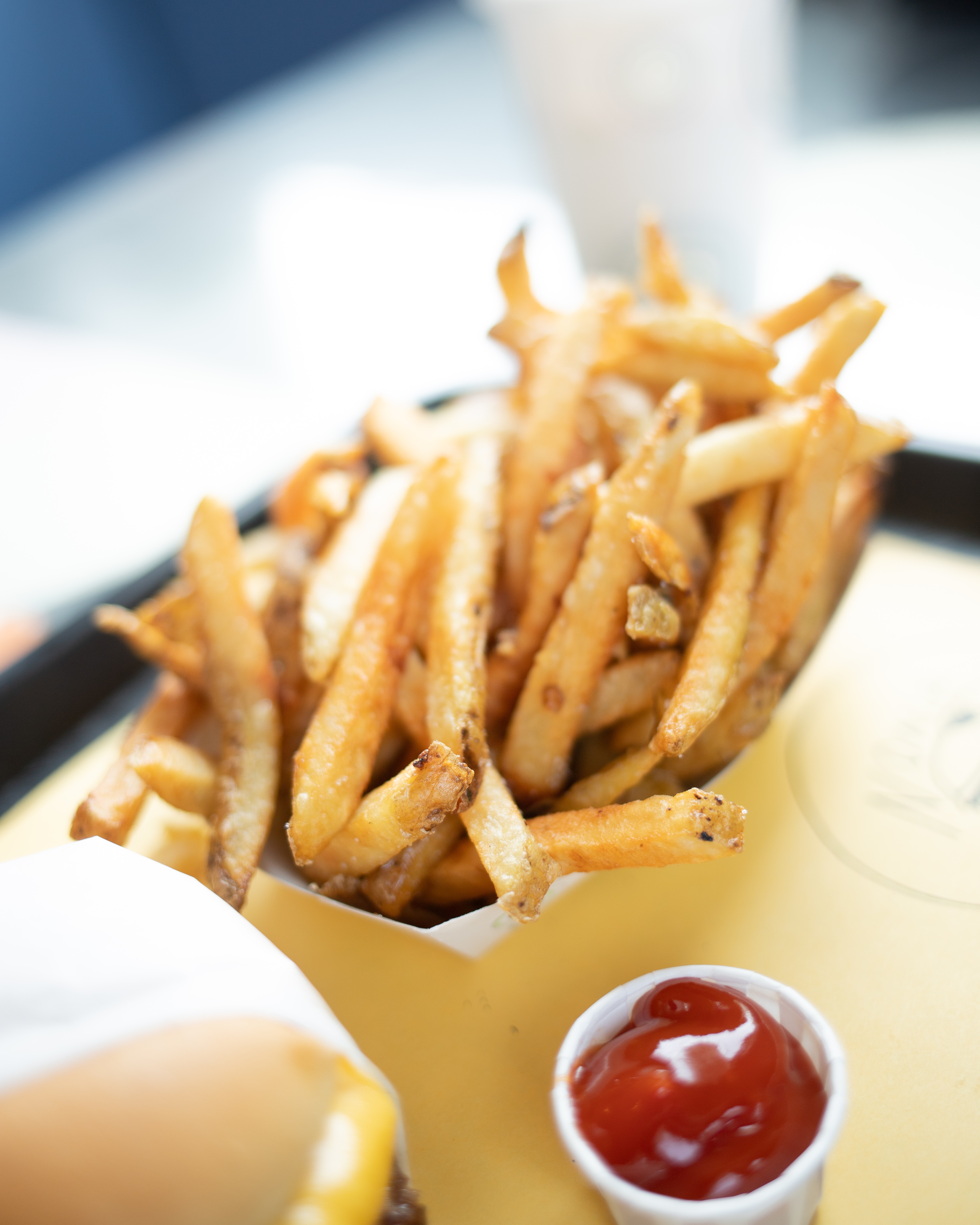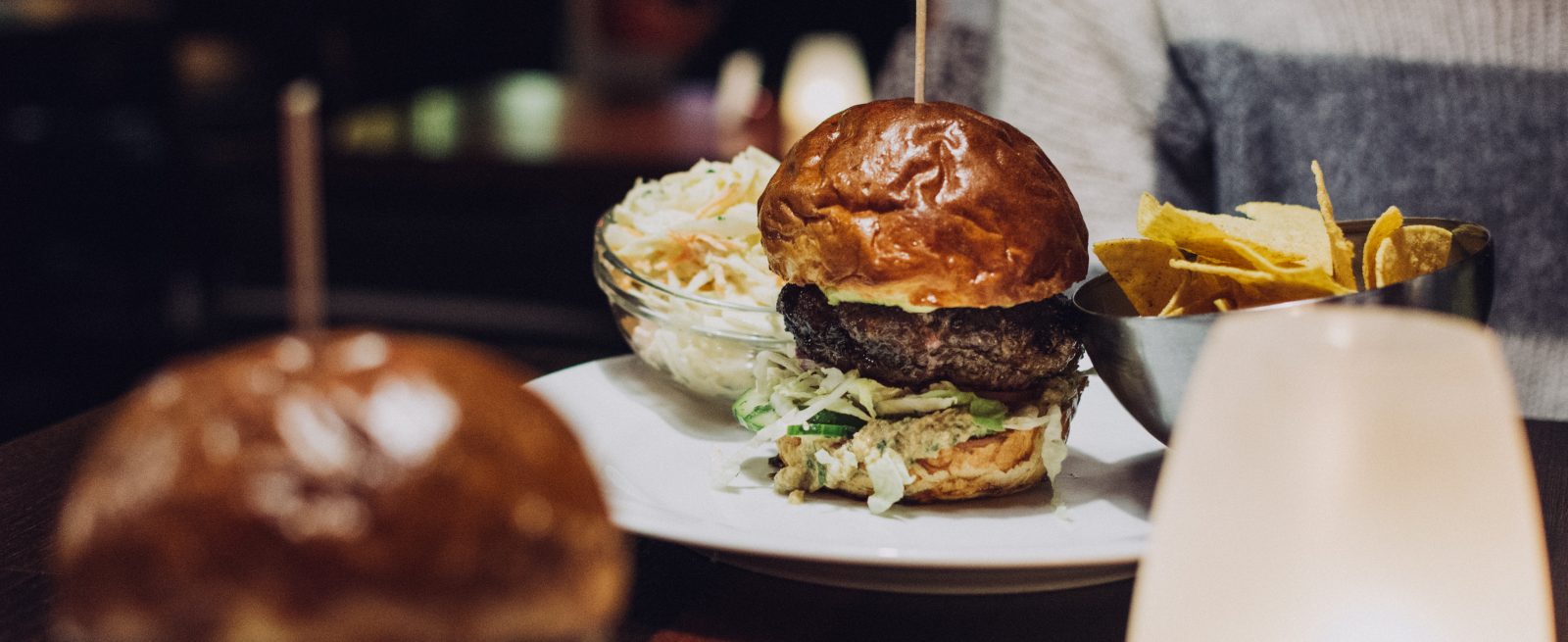Could Fast Casual be Amazon’s Next Bold Move?
3 Min Read By Brian Shafley
Not too long ago investors, analysts, reporters, and retailers were all caught by surprise by the headline announcement of Amazon acquiring Whole Foods. Since then the ecommerce giant has been active in the brick-and-mortar business with instant pick-up locations, bookstores, and the cashless Amazon Go concept. So it begs the question, what’s next? What if Amazon continued its industry disruption and dominance and took on the restaurant industry? Imagine bringing the best of Whole Foods, and the convenience and innovation Amazon into one dining experience. Hypothetical yes, but here’s a little something for how we think a foray into the fast casual business could go.
Locally Sourced
For many restaurants featuring locally sourced food can be a challenge to not only incorporate but also to scale. Whole Foods has successfully thrived on that very business model to provide consumers with the growing demand. With the grocer now under its wing though this doesn’t seem like a far stretch for an Amazon restaurant. Educating consumers on the local producers could easily take shape within the space showcasing the stories of where the food comes from.
An Automated Experience
With the positive consumer reception to Amazon Go’s “Just Walk Out” concept, automation seems like a logical adoption for an Amazon restaurant experience. No servers, no cash, customers simply order from a kiosk, and when the food is finished being prepared back of house they pick up in a food cubby identified by their name.
Community Connection
While we imagine the experience to be automated, we don’t envision that to be at the expense of the ambiance. Whole Foods was one of the first grocers on the forefront of local design. With regionalities represented all through the store consumers always feel like it’s their store.
With that same attention to detail, we’d expect locally sourced art, reclaimed materials, found objects, and an eclectic seating area comprised of hightops, booths, and communal tables. The essence of the community would come to life with design, while the space serves as a place for connection and conversation.
Enhanced by Mobile
For consumers looking to dine out with the ultimate convenience, Amazon would let mobile users reserve a table and order ahead. With items queued up before arrival, it would help shorten food service times and improve the table turnover rate reinforcing the convenience factor. Customers would also be encouraged to achieve loyalty points for check-ins and reviews, and opt-in to receive push notifications for specials, seasonal items, and promos.
Food Lockers
Carryout has been around in the restaurant industry for years, but many fast casual restaurateurs are making a concentrated effort to elevate that experience and create a dedicated space on premise. Much like Amazon’s Instant Pickup locations, we could see a similar integration for foodservice with self-service food lockers that you could unlock with a barcode on the app.
Dining on Demand
According to forecasts, delivery is expected to grow to a $76 billion dollar business by 2022. Postmates, UberEats, and GrubHub may have all made it possible, but the ecommerce giant already has a foot in the delivery game with AmazonFresh and Amazon Prime. How about an Amazon Fast Dash app? Beyond the benefits of mobile tracking, scheduling order arrival would be a logical feature. Imagine getting home from work and your food to arrive shortly thereafter. As a Prime member, a small monthly fee could help cut down on the individual delivery charges, making it not only appealing to the consumer but also competitive in the market.

Proven by Reviews
Reviews have always been popular with Yelp, but only 20 percent of it’s almost 50 million reviews are for restaurants. And, let’s be honest, Amazon is already the king of customer feedback. Today, restaurant reviews greatly influence dining decisions for consumers, and by building it into the restaurant experience; it would demonstrate a level of transparency and commitment to service.
A bold move into the fast casual industry would further position Amazon as lifestyle brand connecting all your digital attributes and consumer demands in a restaurant experience. Will consumers soon be asking Alexa what’s on the Amazon menu?


